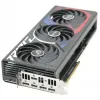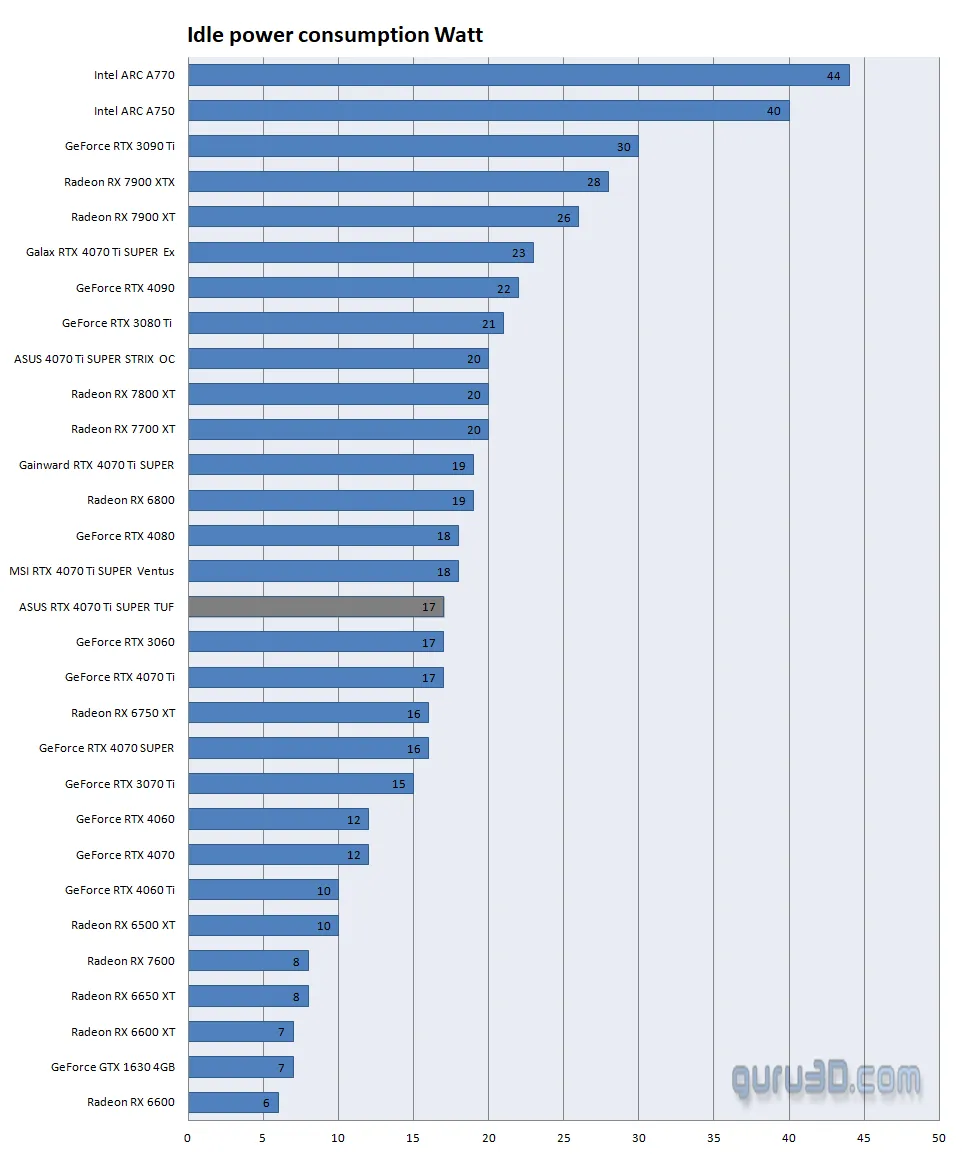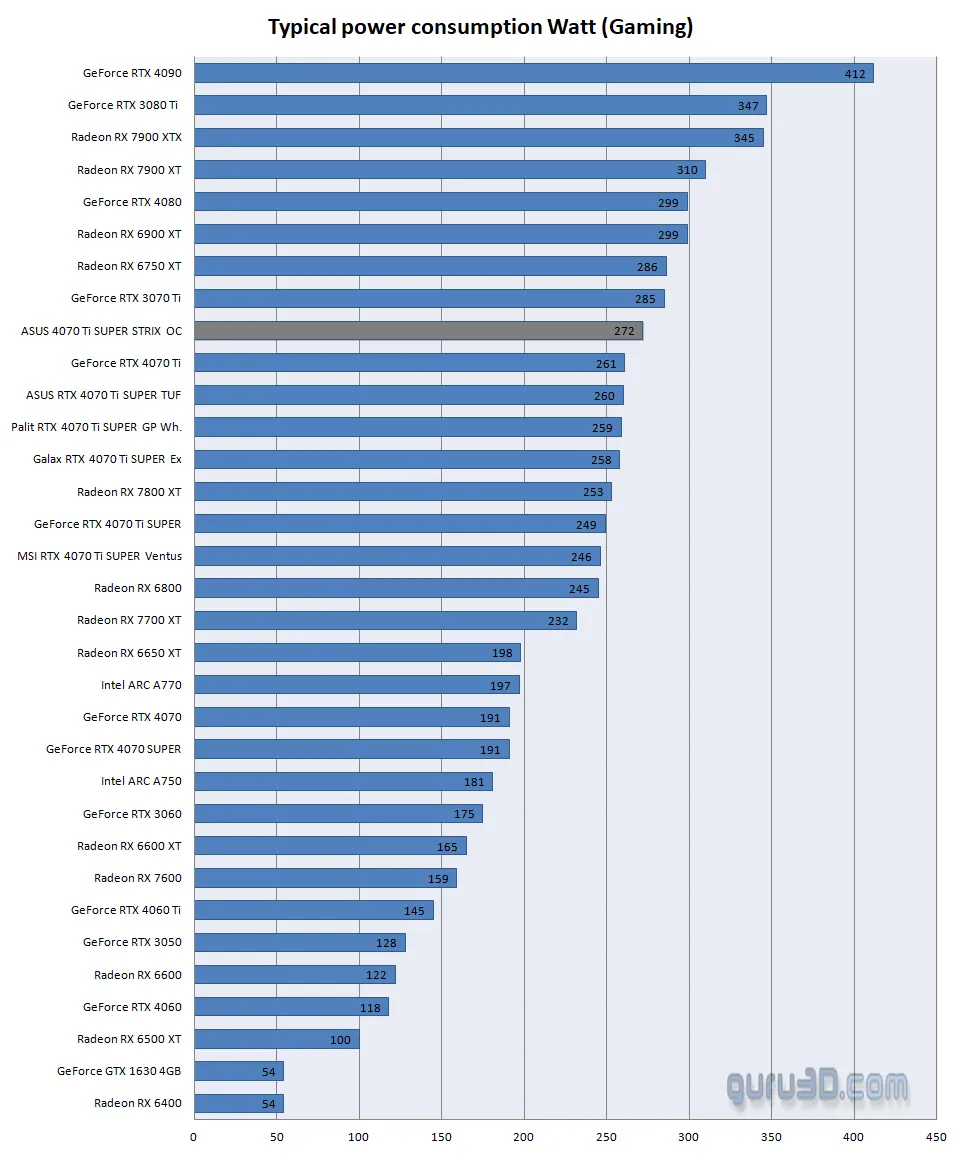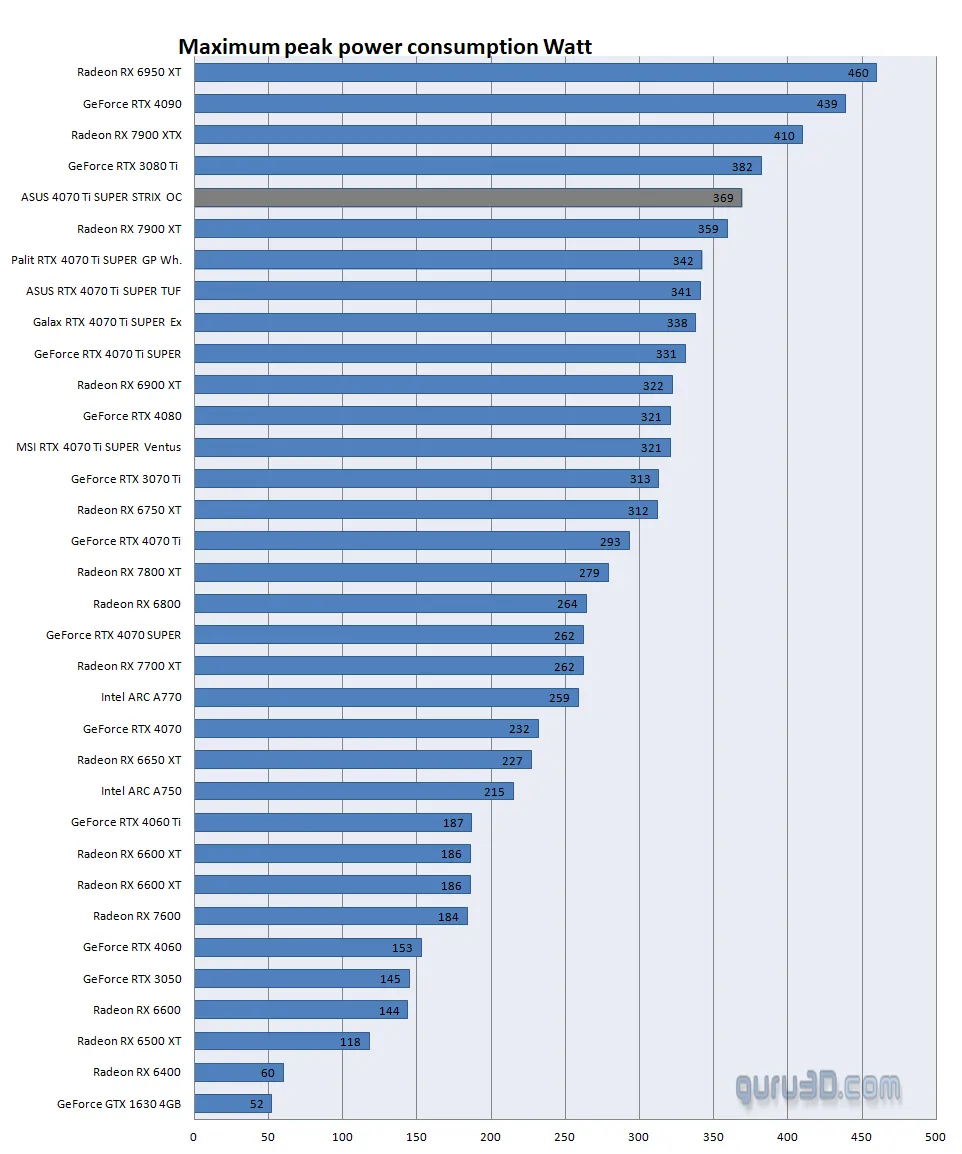Hardware setup | Power consumption
The installation process for Nvidia GeForce graphics cards is straightforward and does not require any advanced technical knowledge. After mounting the card in the computer, it is important to ensure that the display and any external power connectors are properly connected. External power connectors can include the 6- or 8-pin or the newer 12-pin PEG power connectors. It is recommended to select a power supply unit that includes these PCIe PEG connectors as a standard feature. It is advisable to purchase a high-quality power supply unit and to calculate or estimate the peak power usage for the entire PC. This figure can then be doubled to account for the power supply's maximum efficiency at half the maximum load. For instance, if the average power consumption while gaming is around 300 watts, a general rule of thumb would be to use a 600-watt power supply unit. By following these guidelines, users can ensure that their system operates smoothly and efficiently, without encountering any power-related issues.
Once this is completed, we will boot into Windows and install the most recent drivers, after which everything should be operational. There is no additional configuration necessary or required unless you wish to make changes to the settings, in which case you should enter the NVIDIA control panel. Here is our power supply recommendation:
- GeForce RTX 4070 Ti SUPER - We recommend a 650-watt power supply unit.
If you are going to overclock your GPU or processor, we recommend you purchase something with some more stamina. There are many good PSUs out there; please do have a look at our many PSU reviews as we have a lot of recommended PSUs for you to check out in there. Let's move to the next page, where we'll look into GPU heat levels and noise levels coming from this graphics card. When measuring transient power spikes, these look much better than last-generation Ampere. Spikes and transients are fast-moving, high-energy bursts lasting for just a few milliseconds and superimposed onto the standard mains power supply.





